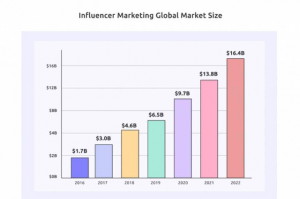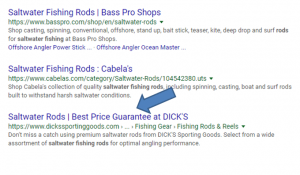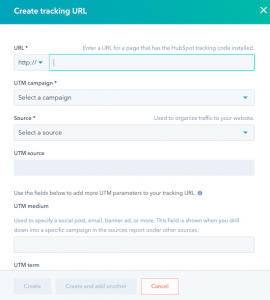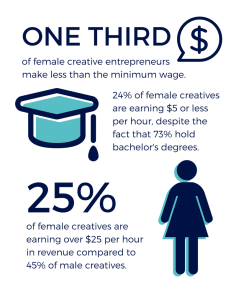
During a recent weekly strategy call, a client asked us an excellent question about a piece of the inbound strategy we were executing for them.
The question was about SEO–search engine optimization. We had been discussing some upcoming blog posts, and he asked which keywords we were targeting in those blog posts. After all, he reckoned, some of the topics we were proposing seemed quite big and broad, and seemingly not in line with the main function of his product. His company, HeatTrak, sells snow-melting mats for walkways, driveways, sidewalks, and entrances, and the proposed posts were about ice dams forming on roofs, and how to care for your driveway in the summer, to name a couple.
“Ice dams” and “concrete driveway” were not keywords that struck him as obvious choices for us to be pursuing. Why weren’t the posts pushing more top level keywords, terms that related more to the product?
Our answer was simple: we were pursuing queries over keywords.
In other words, we determine and develop your content strategy based on your customers’ pain points.
See, many of your customers don’t always know what they’re looking for when they jump online. Had our client’s customers been searching directly for snow-melting mats, they would have found HeatTrak right away, as the site is optimized for many of those keywords. But many customers aren’t immediately looking for a product that will melt snow for them. Or they don’t know to ask for the specific product by use or by name. They are exploring their concerns–in this case about winter, snow removal, how frost can affect their landscaping, etc.
And our job is to answer their questions. Or more specifically, our job is to understand what people are actually asking, and to put the company in the position to answer it. The product itself may not be the direct answer, but demonstrate that your company has authority in a specific knowledge area, and customers will not only find you while searching for related topics, but will trust you and your understanding of their pain points.
One of the mantras of inbound marketing is that it’s “consumer-centric”. That means we’re considering the customer in how we reach out to them–considering what they’re looking for, what they’re asking, what they need. Immerse yourself into their world to understand what they’re talking about. That’s how we got to the aforementioned ice dams–we noticed that one of our target customer groups, facility managers, had great concerns about ice dams and rooftop damage in the winter, especially after the crazy snow-levels of the last several years. We wanted to demonstrate that we understand their world, their problems, and the kind of solutions they need–even if it’s just a simple roof rake, and not one of our mats. We’re still generating traffic to the site, where our product is featured in multiple call to actions and opportunities to convert them into prospects or leads, and other direct resources are available. Plus, we’ve gained the trust of the customer who now sees HeatTrak as a valuable source of information for their needs
Optimizing for customer queries can be just as important as optimizing for keywords, if not more so. Don’t just write blog posts featuring company and product specific keywords, but rather go to the customer, understand their concerns, and answer their questions. Not only is it a key to gathering visits and traffic short-term, but it will serve as a long-term element in your inbound marketing strategy.
Digital & Social Articles on Business 2 Community(115)
Report Post








